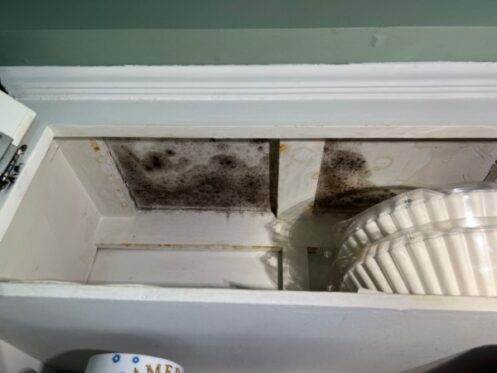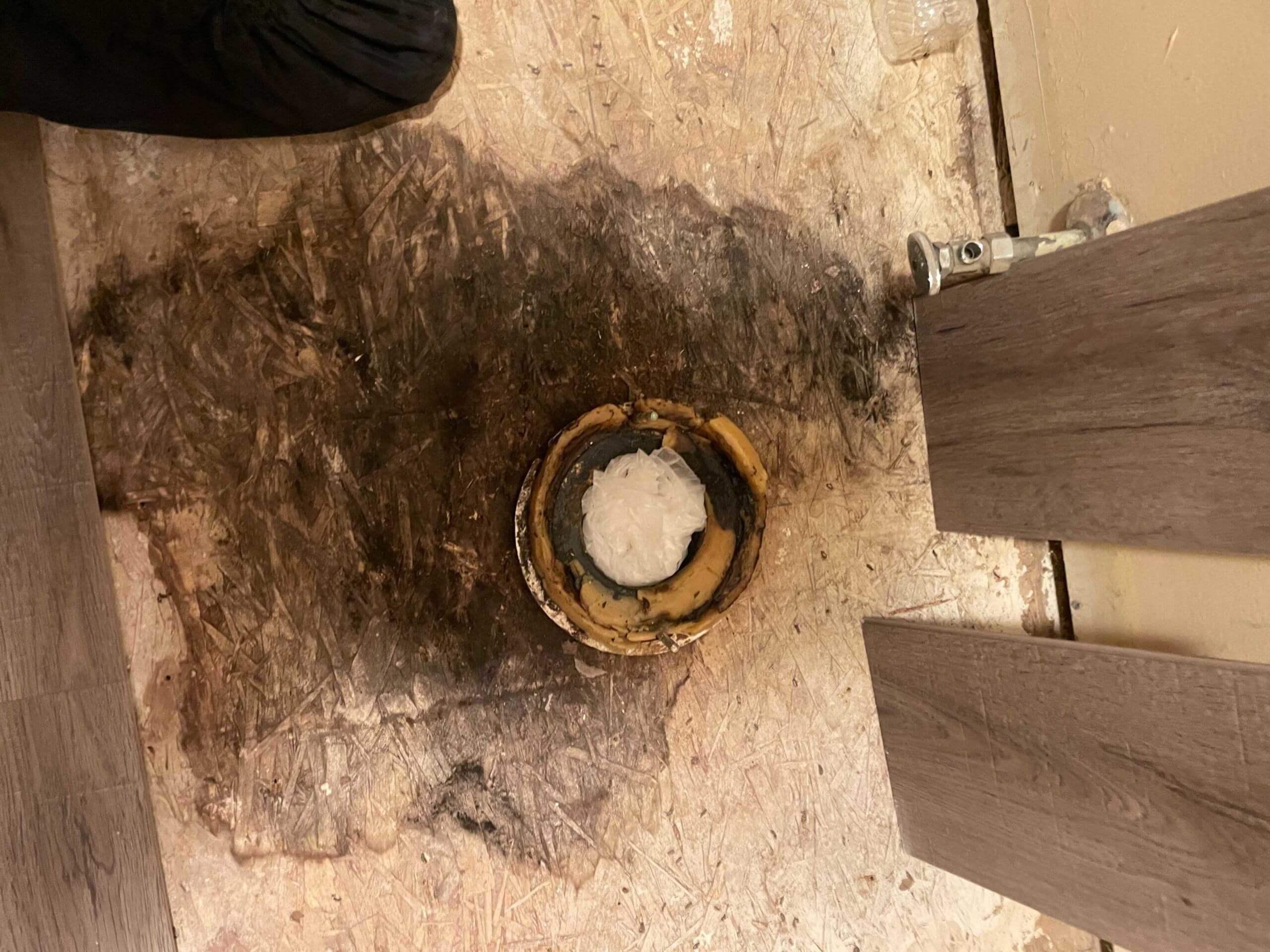In our first series, “5 Myths and Truths About Mold Revealed,” we discussed some common misconceptions regarding mold in the home or business. As this is a popular blog, we have decided to expand this article with series two and provide five more myths and truths. Continue reading to learn more!
Myth #1: Removal of Drywall With Mold Solves The problem.
Truth #1: Mold is never contained to just one area. Even if the drywall has been removed, there should be treatment performed. As mold is an airborne spore, live spores can move about the space especially during demolition. There have been multiple occasions where removal of drywall has been done and the home still tested positive for mold. The mold wasn’t killed, it was just moved around and the visible signs were removed.
Myth #2: All Mold Is Toxic.
Truth #2: This is a loaded statement! While mold is common and present in almost all settings, there are some guidelines to look for. First is your own body. If you feel you have a mold allergy, it is best to see a professional. Next, there are certain types of mold that should never be in your home and common molds that should not be higher than what can be found outside in your surroundings. This combination can make common molds toxic.
Myth #3: I Can Treat For Mold First and Worry About The Leak Later.
Truth #3: Some leaks like a foundation leak, roof leak or an unused bathroom are only a concern when they are happening. When the leaks are dried up, they are out of site, out of mind. As long as moisture has an entrance, it will keep producing mold. So fix the leak then fix the mold.
Myth #4: Black Spots On a Wall, or Ceiling or Bathroom Grout Means I Have Black Mold.
Truth #4: Many species of mold are the color black. You cannot identify the type of mold strictly by looking at the color. It is important to have a professional perform a mold test to determine the specific type of mold. That is the ONLY way to know.
Myth #5: Home Inspector Noted Possible Mold, That Means I Have Mold.
Truth #5: A home inspection is a very necessary step in selling or buying a home. They are the Sherlock Holmes of the housing industry and are responsible for helping to uncover possible trouble.
When it comes to mold, most are not mold specialists and that is why they point out possible issues. It is important to then bring in a mold specialist to evaluate the home inspector’s notes, perform their own inspection and possible testing to ensure there is no problem for the future homeowner.



